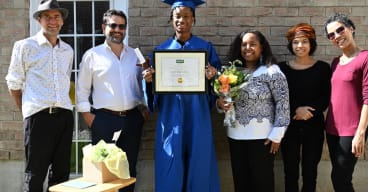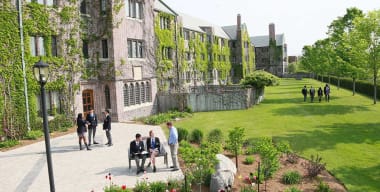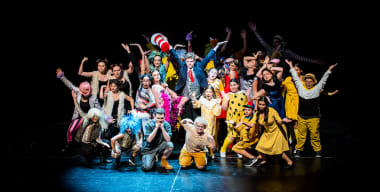Creativity appears to be the attribute that we can develop in kids that will enable us to prepare them for their place in the 21st century. Emerging economies, such as those in China, emphasize rote learning in their education systems and, although they can outperform our students in standardized testing in maths and sciences, there is a recognition on their part that their education systems are lacking in developing creative graduates.
What then should our education system look like if we want to develop and encourage creativity in kids? Part of the answer to this question comes from Steven Johnson, author of "Where Good Ideas Come From."
Johnson's thesis is that good ideas (i.e. innovation stemming from creativity) spring from environments where people are encouraged to reflect, try partial ideas, learn from failure, and connect with other people who are doing the same.
Johnson, in a TED talk, says; "And something about that environment – and I've started calling it the "liquid network," where you have lots of different ideas that are together, different backgrounds, different interests, jostling with each other, bouncing off each other – that environment is, in fact, the environment that leads to innovation."
Now how different is that environment from our traditional school environment? I would suggest that most of our current schools are primarily focused on 'delivering the prescribed curriculum' and are structured so that the teacher is the primary source of ideas. I am a big proponent of student-centered learning and believe that creating more 'liquid environments' in schools would serve our students far better as we prepare them for the 21st century.
Not only does this point to a reworking of activities within our classrooms to facilitate more interaction among students, but also leads to connecting those students to people with different backgrounds and interests, leveraging the power of technology to do so. To fail at this would be to fail our students at a critical juncture in their development.
For an interesting visual representation of Johnson's talk, click here.









